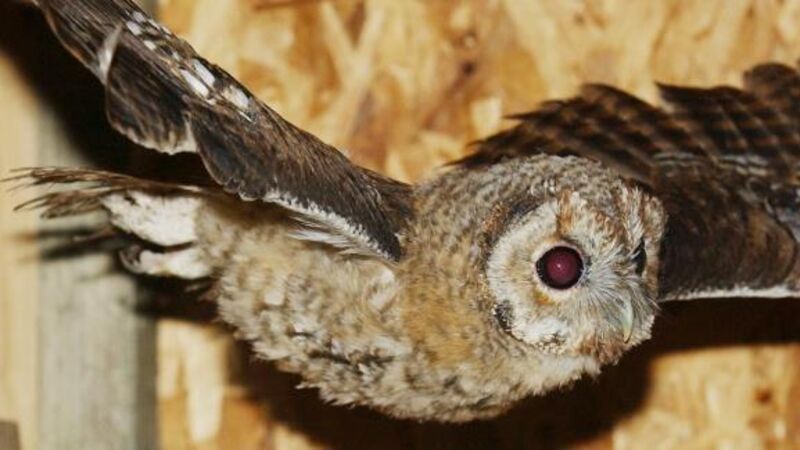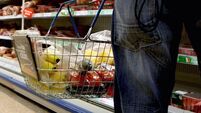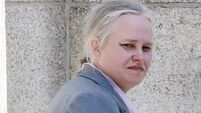Owls get taste for foreign invader

The greater white-toothed shrew may be having a clearly negative impact on the native woodmouse and the pygmy shrew by aggressively taking over their habitats, but it is proving to be a new source of food for the endangered barn owl.
It is estimated there are now only 400 to 800 pairs of barn owls in the country, as they are under threat from the widespread use of rat poison, the loss of nesting sites in barns and old churches, drownings in farm troughs, and loss of food sources because of improved grain and food storage facilities on farms.
Liam Lysaght, director of the National Biodiversity Centre, said the white-toothed shrew is now being fed to juvenile barn owls by their parents. However, he said there are concerns amongst zoologists that the foreign shrew may not be of huge nutritional value and could lead to a ‘McDonaldisation’ of the owl’s diet.
John Lusby of Birdwatch Ireland has warned of “a worrying trend in barn owl breeding success and chick survival within the range of the greater white-toothed shrew, including examples of complete nest failures and chicks in poor health in parts of South Tipperary”.
The invasion of the white-toothed shrew is one of the topics under discussion at the 11th International Mammalogical Congress in Belfast this week, where delegates were warned the country is facing an “ecological disaster” unless environmental policies are put in place to halt the normally negative impact of foreign mammals wreaking havoc on native species.
The native Irish hare is under threat from the European brown hare, while the red squirrel is under threat from the grey squirrel. In recent days, the dormouse, another invasive species, was found in Naas, Co Kildare.
“What we need to be doing is trying to preserve areas that are free from invasive species by providing habitats that these native species do well” said Ian Montgomery from Queens University Belfast.
“This doesn’t cost do much and can be as little as maintaining hedgerows and deciduous wood. But the sooner we get cracking on it the better.”
*The Irish Biodiversity Centre is compiling an Atlas of Mammals. To contribute, go to mammals.biodiversityireland.ie













